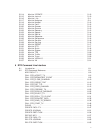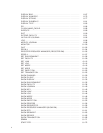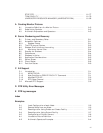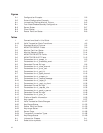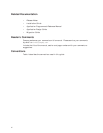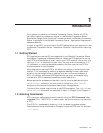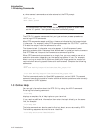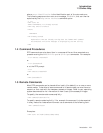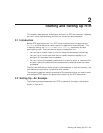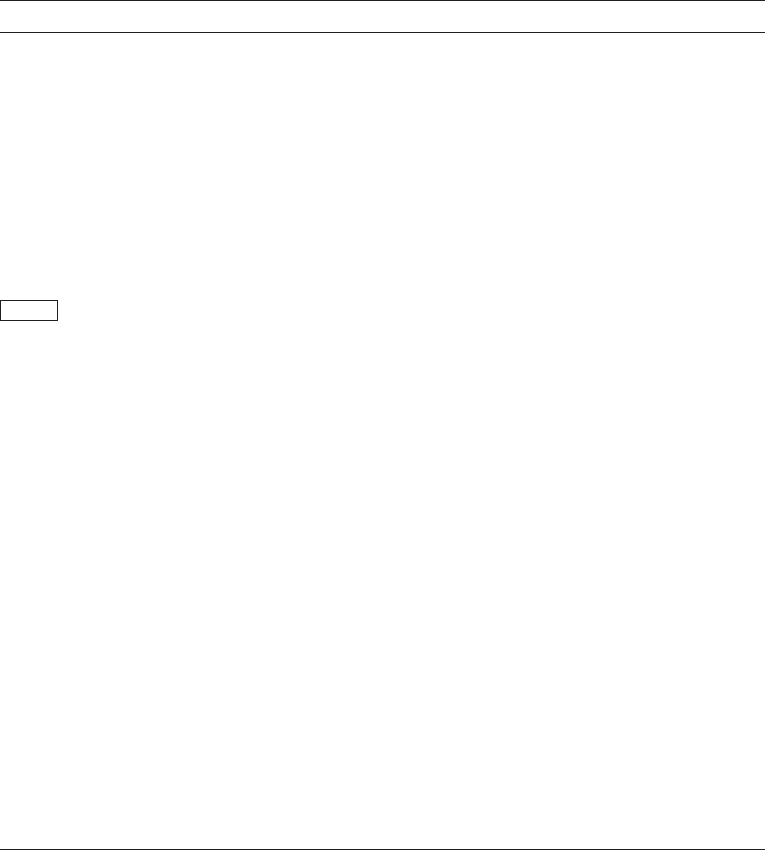
Table 1 Conventions Used in this Guide
Convention Meaning
UPPERCASE
lowercase
Some operating systems differentiate between lowercase and
uppercase characters. For these systems, examples, syntax
descriptions, function definitions, and literal strings that appear
in text must be typed exactly as shown. Commands typed to the
RTR CLI are not case sensitive unless enclosed in quote marks
# A number sign ( # ) is the default operating system superuser
prompt.
% A percent sign ( % ) is the default operating system user prompt on
UNIX systems.
$ A dollar sign ( $ ) is the default operating system user prompt on
OpenVMS systems.
Return
In examples, a boxed symbol indicates that you must press the
named key on the keyboard.
Ctrl/C This symbol indicates that you must press the Ctrl key while you
simultaneously press another key (in this case, C).
user input
In interactive examples, this typeface indicates input entered by
the user.
filesystem
In text, this typeface indicates the exact name of a command,
routine, partition, pathname, directory, or file. This typeface is
also used in interactive examples and other screen displays.
italic text Italic text emphasizes important information, indicates variables,
and indicates complete titles of manuals. Italic text also
represents information that can vary in system messages (for
example, Internal error
number
), command lines (for example,
/PRODUCER=
name
), and command parameters in text.
boldface text Boldface text represents the introduction of a new term or the
name of a command, an argument, an attribute, or a reason.
[y]
In a prompt, square brackets indicate that the enclosed item is the
default response. For example,
[y]
means the default response is
Yes.
text A vertical bar next to the text | indicates changes or additions
since the previous version of this document.
HTML Red HTML text indicates changes or additions since the previous
version of this document.
xiii



